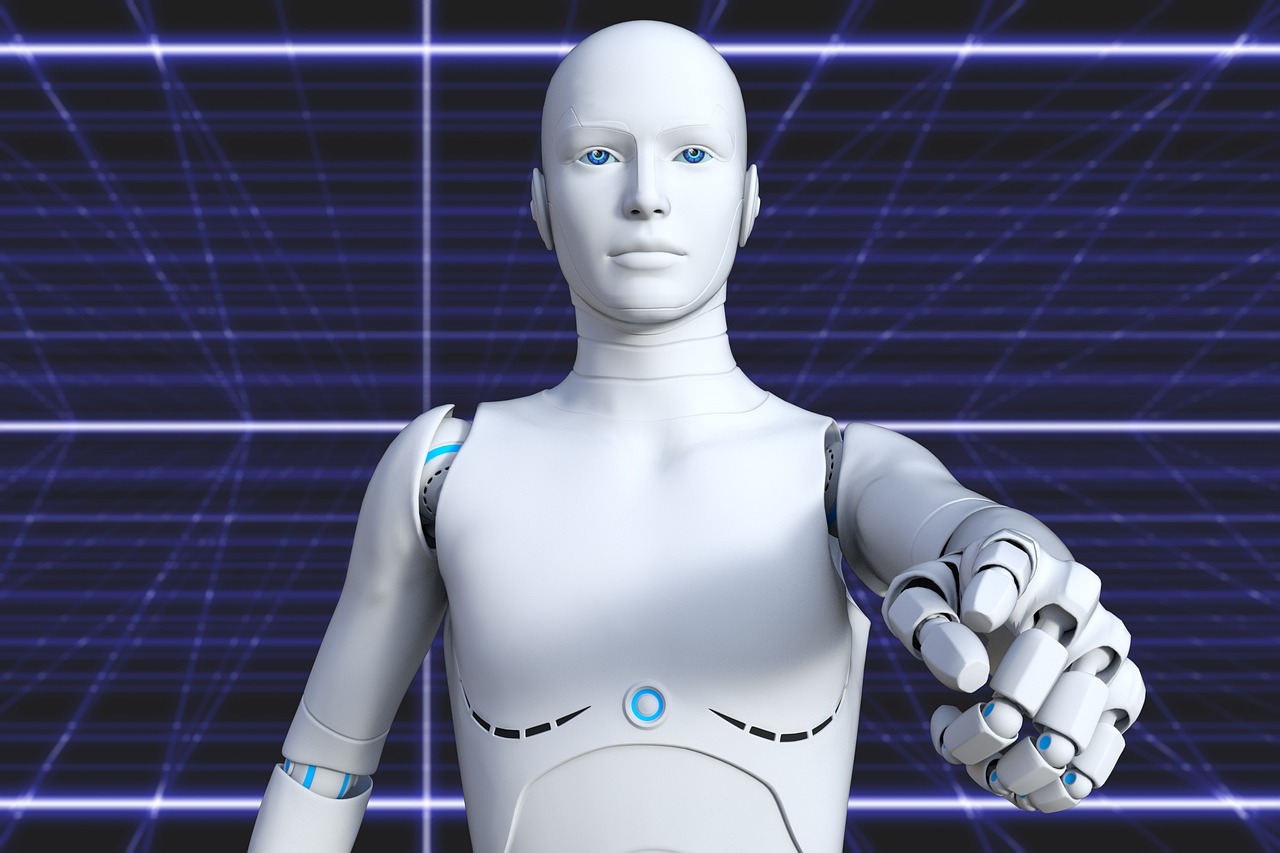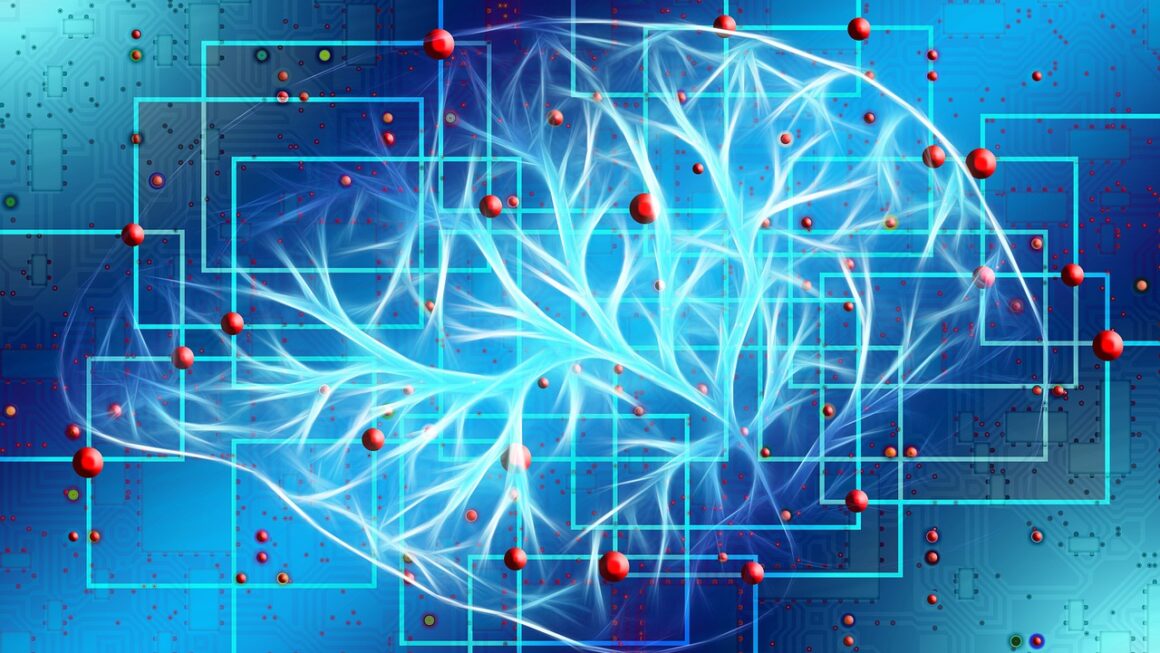Neural networks, inspired by the intricate workings of the human brain, are revolutionizing fields from image recognition to natural language processing. They’re not just a buzzword anymore; they’re powerful tools driving innovation across various industries. This blog post will delve into the depths of neural networks, exploring their architecture, applications, and the future they promise.
What are Neural Networks?
The Biological Inspiration
At their core, neural networks are computational models designed to mimic the structure and function of biological neural networks in the brain. They consist of interconnected nodes, or “neurons,” organized in layers. These neurons process and transmit information, allowing the network to learn complex patterns from data. Think of it like your brain learning to recognize a friend’s face – tiny signals firing across connected neurons to create an understanding.
The Artificial Neuron
The basic building block of a neural network is the artificial neuron, also called a perceptron. It receives inputs, multiplies each input by a weight, sums these weighted inputs, adds a bias, and then applies an activation function to produce an output. This process can be summarized as:
- Inputs (x1, x2, x3,…): The data fed into the neuron.
- Weights (w1, w2, w3,…): Values that determine the importance of each input.
- Bias (b): A constant value added to the weighted sum, allowing the neuron to activate even when all inputs are zero.
- Activation Function: A function (e.g., sigmoid, ReLU, tanh) that introduces non-linearity, enabling the network to learn complex patterns. Without activation functions, the neural network would simply be a linear regression model.
Network Architecture: Layers and Connections
Neural networks are typically organized into layers:
- Input Layer: Receives the initial data. For example, if you were training a neural network to recognize handwritten digits, the input layer might consist of 784 neurons (28×28 pixels).
- Hidden Layers: Perform complex computations on the input data. The number of hidden layers and the number of neurons in each hidden layer are hyperparameters that are tuned to optimize performance. Deep learning models often have many (dozens or even hundreds) of hidden layers.
- Output Layer: Produces the final result. If we were looking for the probability of the image containing any digit, the output layer may consist of 10 neurons, each representing the probability of the image belonging to a specific number.
The connections between neurons have an impact on the result. These connections are called weights, and that’s where the machine learning magic happens.
How Neural Networks Learn
The Learning Process: Forward Propagation and Backpropagation
Neural networks learn through a process called training, which involves adjusting the weights and biases of the network to minimize the difference between the network’s predictions and the actual values. This process can be broken down into two main steps:
- Forward Propagation: The input data is fed through the network, layer by layer, until it reaches the output layer, producing a prediction.
- Backpropagation: The error between the predicted output and the actual output is calculated. Then, using calculus (specifically, the chain rule), the gradient of the error function with respect to the weights and biases is computed. This gradient indicates the direction in which the weights and biases should be adjusted to reduce the error. The weights and biases are then updated using an optimization algorithm such as gradient descent. This process is repeated iteratively until the network converges to a satisfactory level of accuracy.
Loss Functions and Optimization
The loss function quantifies the error between the network’s predictions and the actual values. Common loss functions include:
- Mean Squared Error (MSE)
- Cross-Entropy
Optimization algorithms are used to adjust the weights and biases of the network to minimize the loss function. Popular optimization algorithms include:
- Gradient Descent
- Adam
- RMSprop
The choice of loss function and optimization algorithm can significantly impact the performance of the neural network. Choosing the right algorithm can dramatically increase speed and accuracy.
Overfitting and Regularization
A common challenge in training neural networks is overfitting, where the network learns the training data too well and performs poorly on new, unseen data. To combat overfitting, regularization techniques can be used, such as:
- L1 and L2 Regularization: Adding a penalty term to the loss function that discourages large weights.
- Dropout: Randomly dropping out neurons during training, forcing the network to learn more robust features.
- Early Stopping: Monitoring the performance of the network on a validation set and stopping training when the performance starts to degrade.
Types of Neural Networks
Feedforward Neural Networks (FFNNs)
The simplest type of neural network, where information flows in one direction, from the input layer to the output layer. They are often used for classification and regression tasks.
- Example: Predicting house prices based on features like size, location, and number of bedrooms.
Convolutional Neural Networks (CNNs)
Specifically designed for processing data with a grid-like structure, such as images and videos. CNNs use convolutional layers to extract features from the input data. The convolutional layers are the key to their success. This allows the network to learn spatial hierarchies of features. For instance, in image recognition, the first few layers might learn to detect edges and corners, while deeper layers might learn to recognize more complex objects like faces or cars.
- Example: Image recognition, object detection, and image segmentation. Self-driving cars rely heavily on CNNs to identify pedestrians, traffic signs, and other vehicles.
Recurrent Neural Networks (RNNs)
Designed to handle sequential data, such as text and time series. RNNs have feedback connections that allow them to maintain a “memory” of past inputs. However, standard RNNs suffer from the vanishing gradient problem, making it difficult to learn long-range dependencies.
- Example: Natural language processing (NLP) tasks like machine translation and sentiment analysis. A classic example is translating English to French.
Long Short-Term Memory (LSTM) Networks
A type of RNN that addresses the vanishing gradient problem. LSTMs have special memory cells that can store information for long periods of time. They are widely used in applications that require understanding long-range dependencies.
- Example: Speech recognition, time series forecasting, and machine translation. Think of Amazon’s Alexa being able to accurately understand spoken commands.
Generative Adversarial Networks (GANs)
Consist of two neural networks: a generator and a discriminator. The generator creates new data instances, while the discriminator tries to distinguish between real and generated data. Through adversarial training, the generator learns to produce increasingly realistic data.
- Example: Image generation, style transfer, and data augmentation. The “deepfakes” you see online are often created using GANs.
Applications of Neural Networks
Image Recognition and Computer Vision
Neural networks have revolutionized computer vision, enabling machines to “see” and interpret images with remarkable accuracy. Examples include:
- Facial Recognition: Used in security systems, social media platforms, and even unlocking smartphones.
- Object Detection: Used in self-driving cars, surveillance systems, and industrial automation.
- Medical Image Analysis: Used to detect diseases like cancer from X-rays and MRI scans. Studies show that neural networks can often outperform human experts in certain medical imaging tasks.
Natural Language Processing (NLP)
Neural networks are transforming the way machines understand and process human language. Some key applications include:
- Machine Translation: Used by Google Translate and other translation services to translate text between languages.
- Sentiment Analysis: Used to determine the emotional tone of text, such as customer reviews or social media posts. This is essential for brand reputation management.
- Chatbots and Virtual Assistants: Used to create conversational interfaces that can answer questions, provide support, and perform tasks.
Robotics and Automation
Neural networks are enabling robots to perform complex tasks with greater autonomy and precision.
- Robot Navigation: Used to help robots navigate complex environments and avoid obstacles.
- Object Manipulation: Used to train robots to grasp and manipulate objects with dexterity.
- Industrial Automation: Used to optimize manufacturing processes and improve efficiency.
Finance
Neural networks are being used in the finance industry for a variety of tasks.
- Fraud Detection: Used to identify fraudulent transactions and prevent financial losses.
- Risk Management: Used to assess and manage financial risks.
- Algorithmic Trading: Used to develop automated trading strategies.
Conclusion
Neural networks are a powerful and versatile tool with the potential to transform many industries. From image recognition to natural language processing to robotics, neural networks are already making a significant impact on our world. As research and development in this field continue to advance, we can expect to see even more innovative and transformative applications of neural networks in the future.




